I am trying to make a LTE signal repeater and trying to filter all other signals except the band 3 (869 - 894 MHz)
This is what I am getting:
 Any suggestions on improving the filter and how can I use standard value components instead of exact values?
Any suggestions on improving the filter and how can I use standard value components instead of exact values?
Edit: The test signal is 1Vpp
Edit: Made modifications as per The Photon's comment. Still the voltage in the pass band is quite low!



